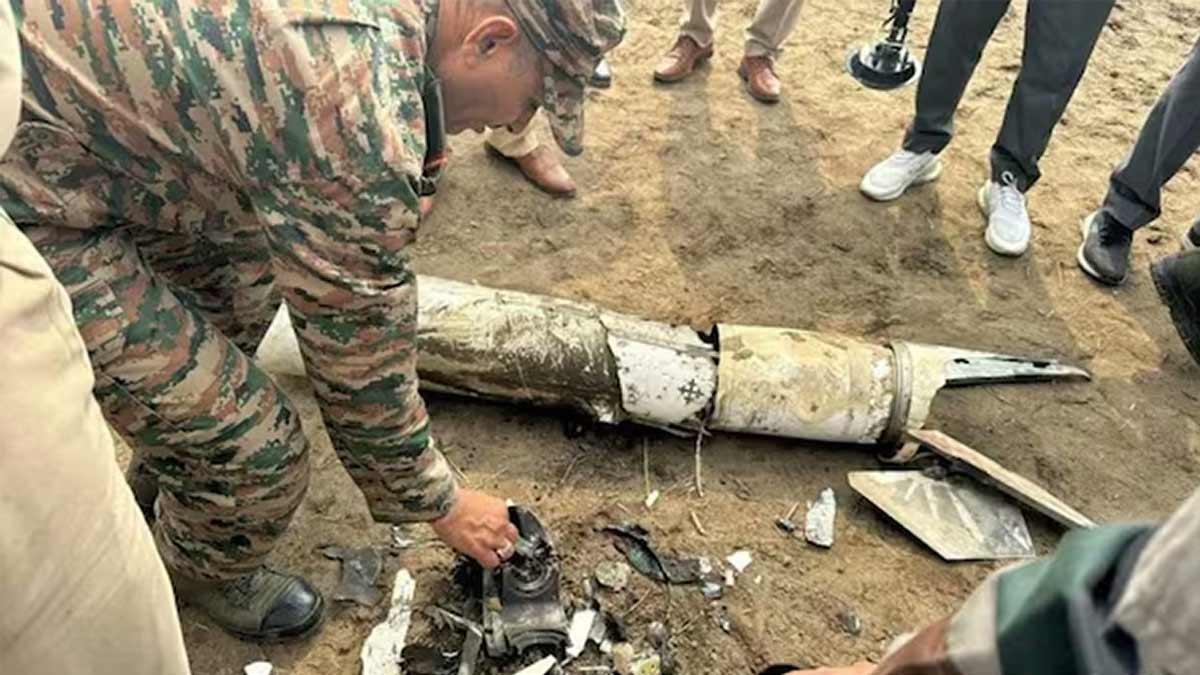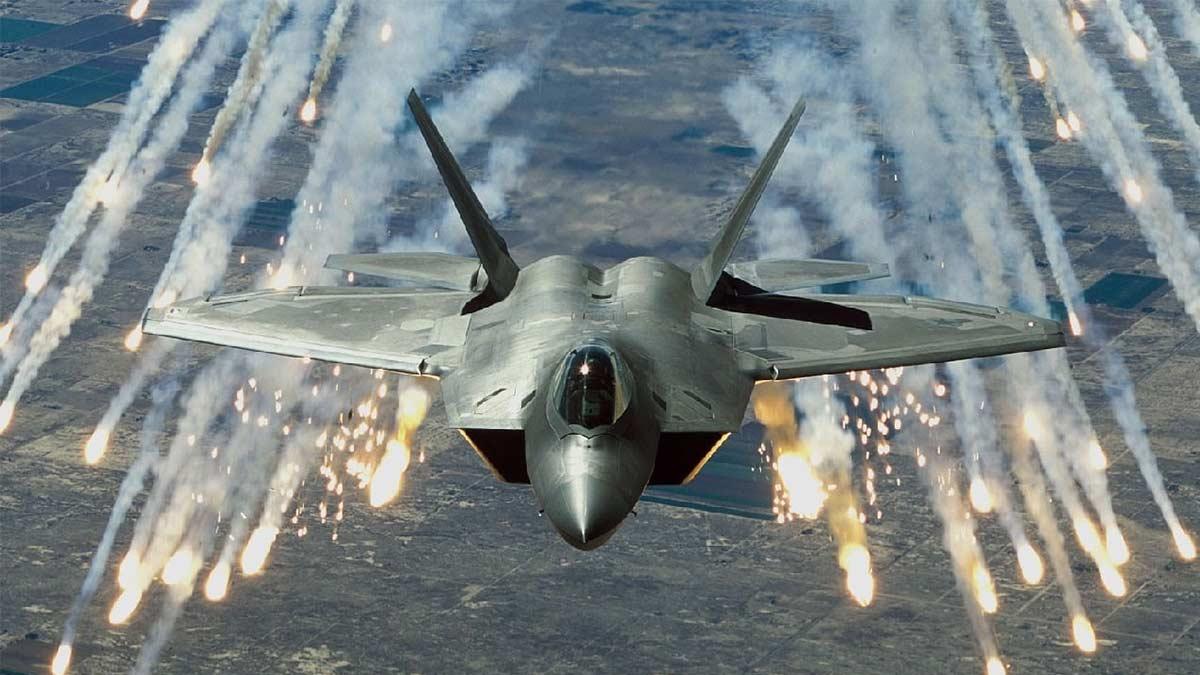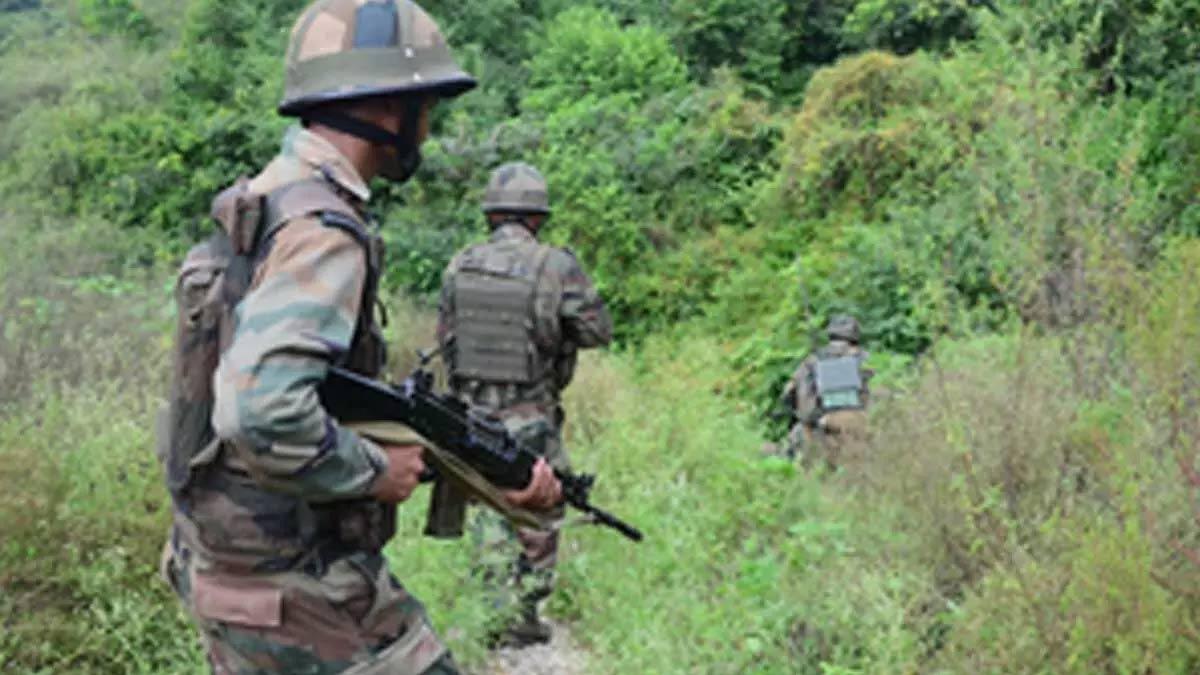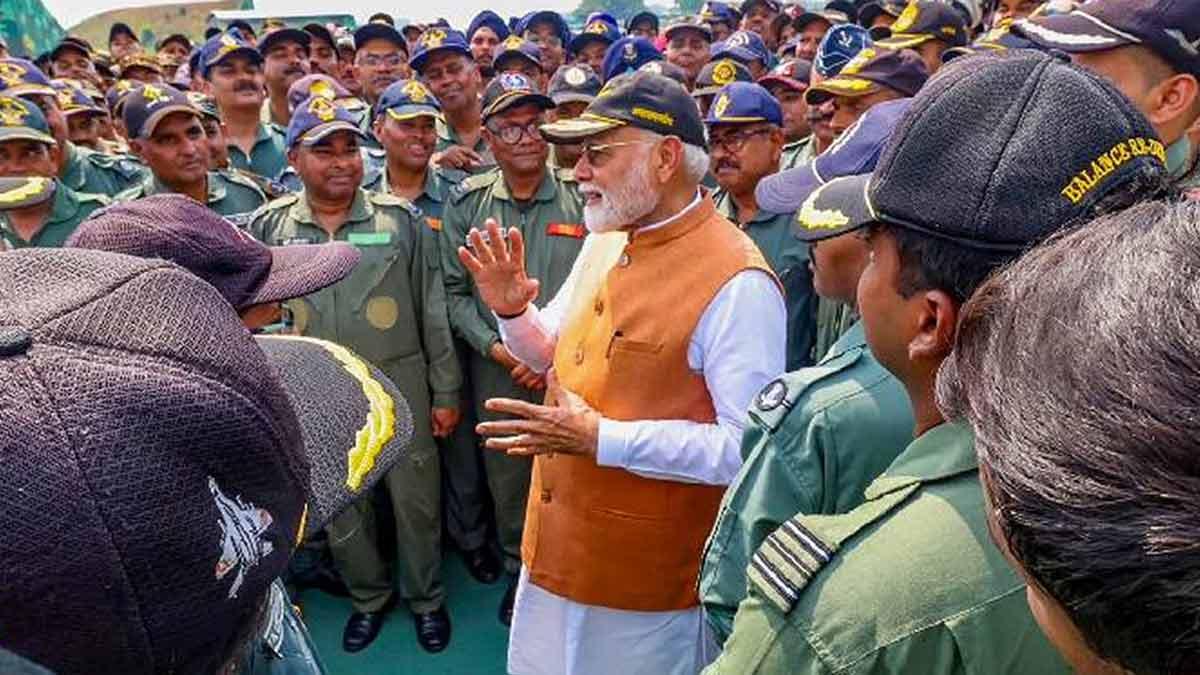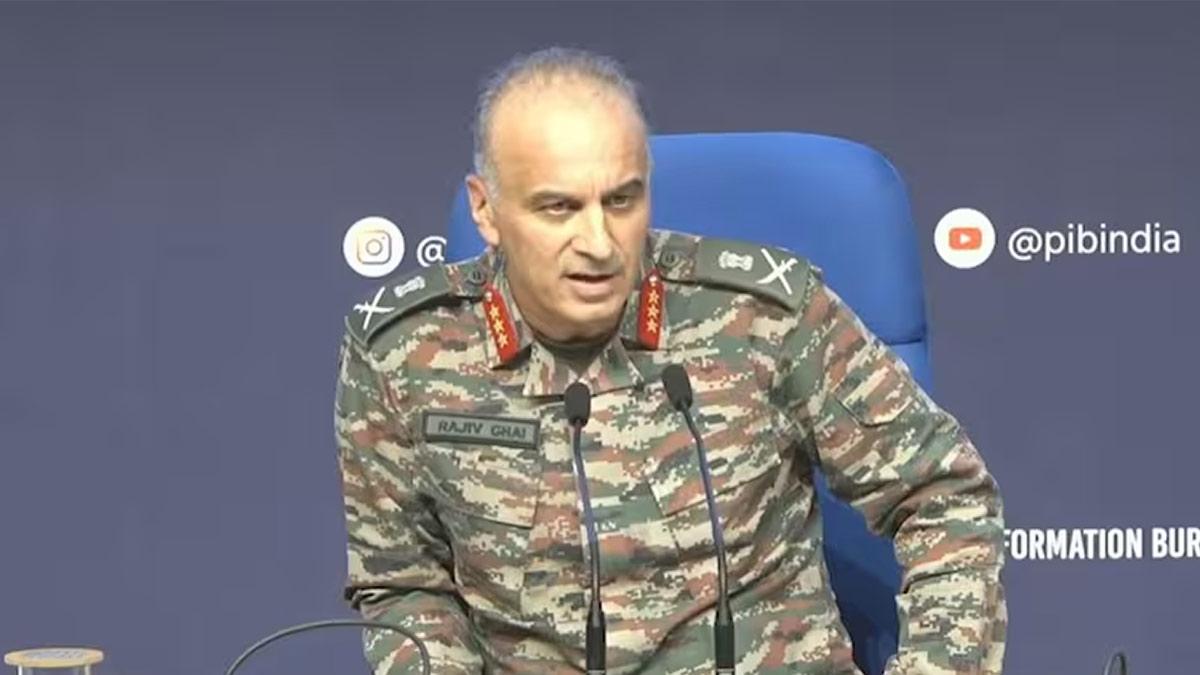For the first time since the beginning of Operation Sindoor, which effectively thwarted most of Pakistan's air raids, India has officially named arms provided by China in the arsenal of Pakistan that were utilized against the Indian Armed Forces.
During a media briefing, Air Marshal A.K. Bharti, the Director General of Air Operations, provided visual evidence of missile debris. He indicated pieces of the PL-15 long-range missile that had fallen within Indian lines, including a remarkably intact rear portion recovered in Hoshiarpur, Punjab. "You can see the pieces of it on the screen," Bharti said.
Indian Forces seized and disabled a range of sophisticated foreign weapons used by Pakistan, including Chinese-made PL-15 air-to-air missiles and Turkish-made Byker YIHA III Kamikaze drones. India has never directly referred to China before in the context of this conflict with Pakistan, even as India has closely monitored Sino-Pak military relations through the years.
Sources reported that China-Pakistan relations in different fields—political, economic, nuclear, and military—have been in place for decades, with Beijing regularly providing weaponry to Rawalpindi.
While India had earlier only confirmed the employment of Turkish drones by Pakistan last week, it has now officially cited both Chinese and Turkish weapons.
The PL-15, developed by China's Aviation Industry Corporation (AVIC), is a long-range, radar-guided missile intended for high-value airborne targets at ranges over 200 km. China's default active-radar-guided air-to-air missile (AAM), it was developed in an attempt to match the performance of the U.S.-produced AIM-120D Advanced Medium-Range Air-to-Air Missile (AMRAAM).
The export variant, the PL-15E, has a maximum range of 145 km and is mounted on Pakistan's JF-17 Block III and J-10CE fighters. The version used by China's military domestically has a reported range of 300-500 km.
On 26 April, the Pakistan Air Force (PAF) uploaded video of JF-17s with PL-15E and PL-10 missiles. Pakistan's fleet includes an estimated 45-50 JF-17 Block IIIs and 20 J-10CEs, some 70 aircraft that can carry the PL-15E. The guidance system of the missile features inertial navigation, Beidou satellite updates, two-way datalink, and AESA radar terminal homing.
With a dual-pulse solid rocket motor, the missile can achieve greater than Mach 5 in velocity. Its warhead, usually a high-explosive fragmentation, weighs 20-25 kg. The weapon could have been obtained directly from China's People's Liberation Army Air Force (PLAAF).
China and Pakistan jointly produce the JF-17 aircraft, which is the main asset of the PAF. The Indian military's comment on the PL-15 is noteworthy especially since it occurred only two days after an agreement between India and Pakistan to cease military activities.
On May 10, the Chinese Foreign Ministry reported that NSA Ajit Doval met with Chinese State Councillor Wang Yi. Doval stressed that India did not crave war and pressed the importance of counter-terrorism operations after the terrorist attack at Pahalgam, which incurred serious casualties. Doval further articulated hopes of a ceasefire as well as stability in the region.
In return, Wang Yi denounced the recent Pahalgam attack, opposed terrorism in all its forms, and recognized the volatility of the situation internationally. He emphasized that stability in the region was of high importance since neighboring countries such as India and Pakistan were highly connected with each other and China had its own interests within the stability of the region. Wang Yi further made a commitment from China to support a complete, sustainable ceasefire and peaceful settlement of differences through dialogue.
India's move to isolate China conveys a loud message to Beijing about its role in the hostilities between India and Pakistan. This is being done at a time when China has asserted that it will contribute constructively to a ceasefire between the two countries. Both Pakistan and China were involved in downplaying the UN Security Council's statement regarding the Pahalgam attack, which had originally included The Resistance Front, the organization that had claimed responsibility for the attack where 26 civilians lost their lives.
Read also| India, Pakistan DGMOs agree to reduce troops on borders
Read also| Indian Army Reacts to Recent Drone Sightings in J&K's Samba

